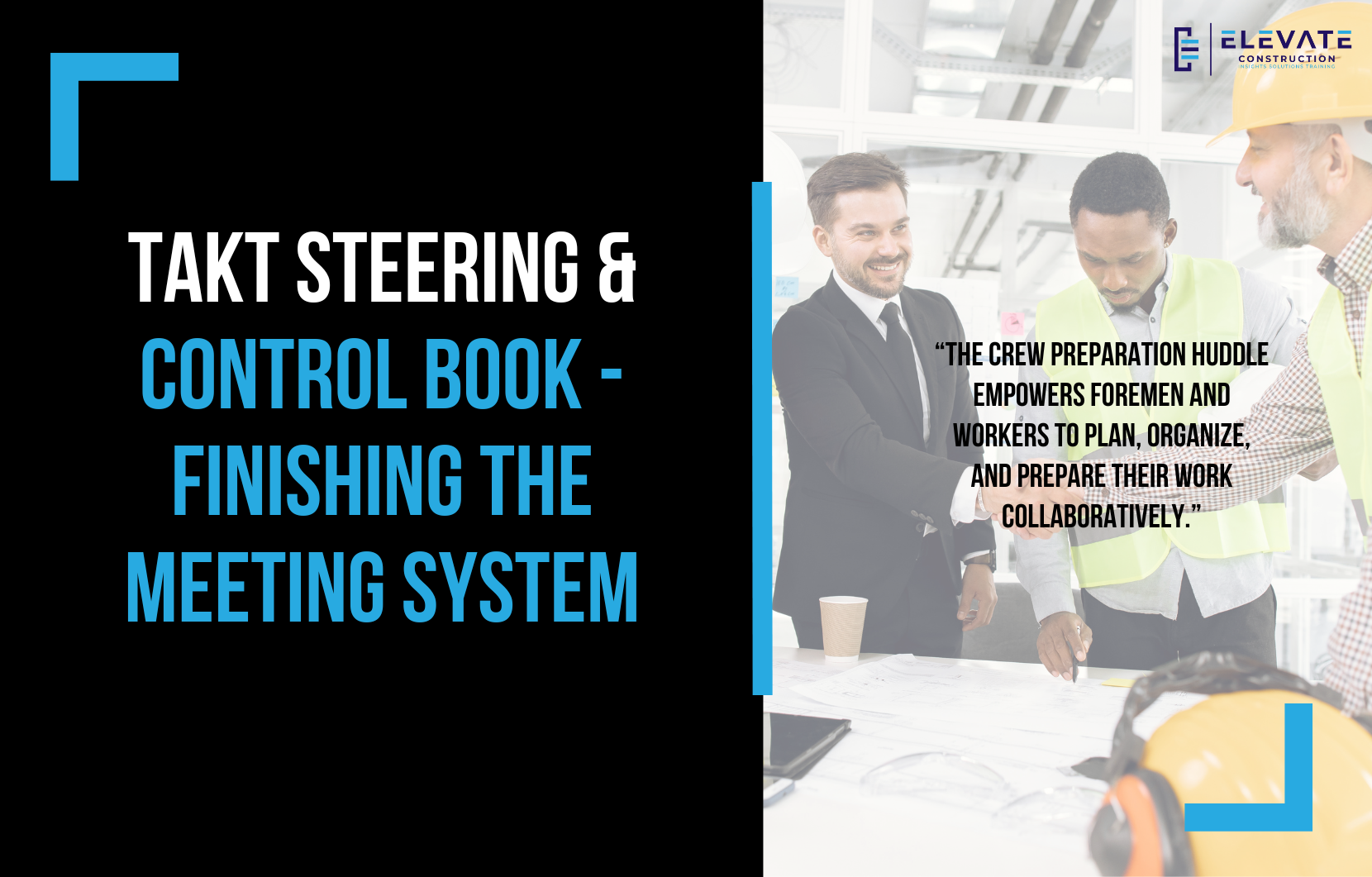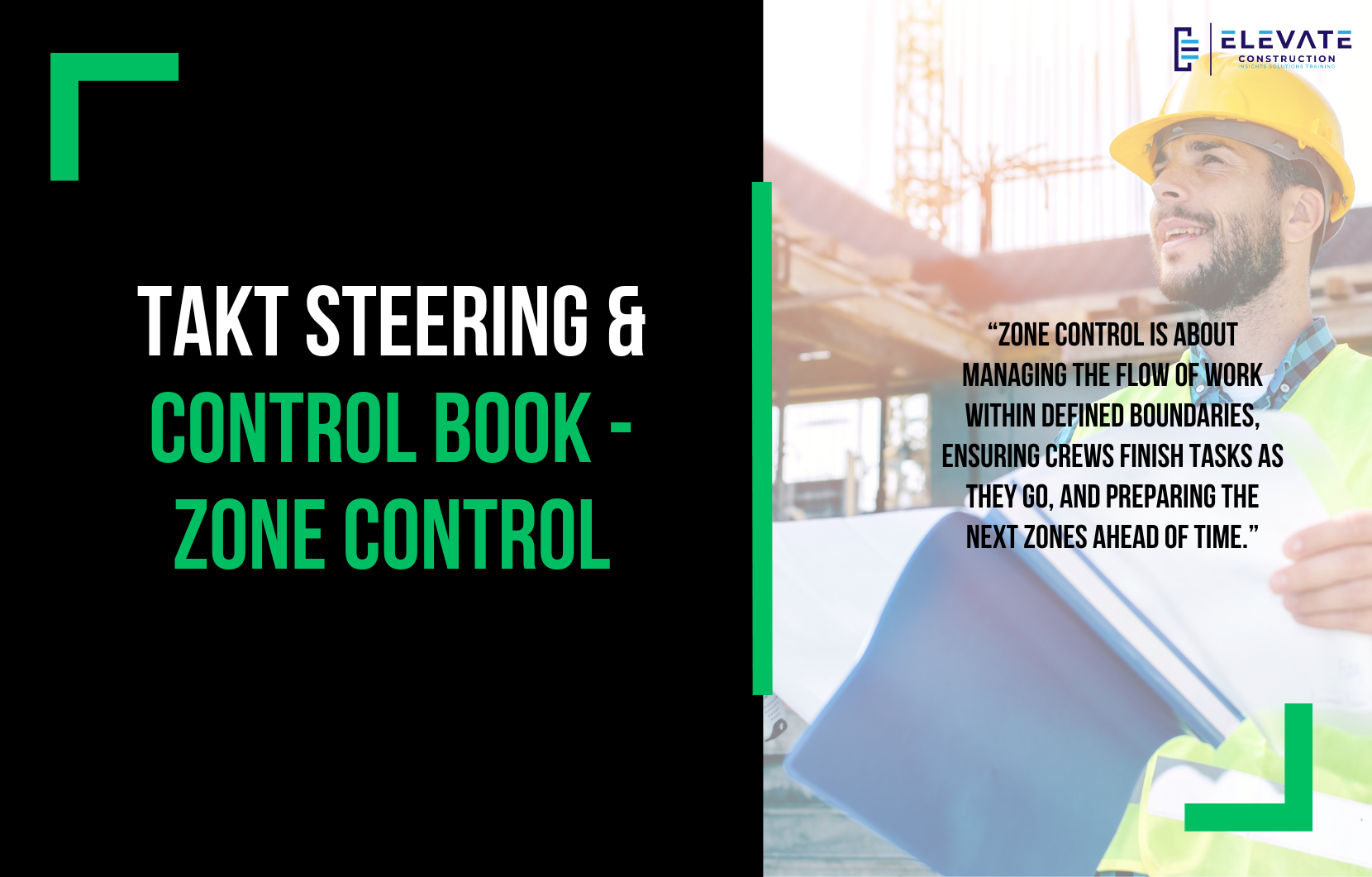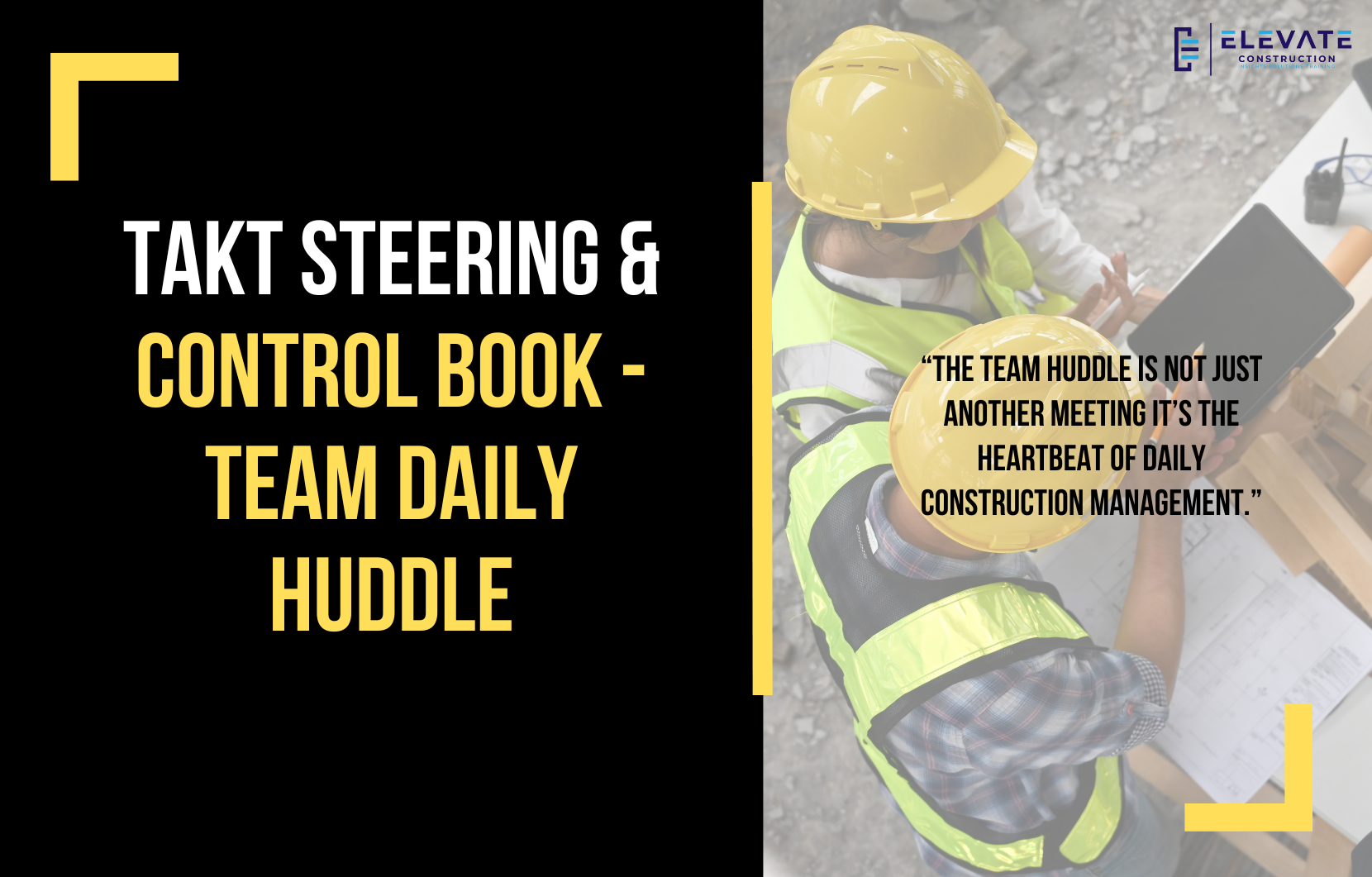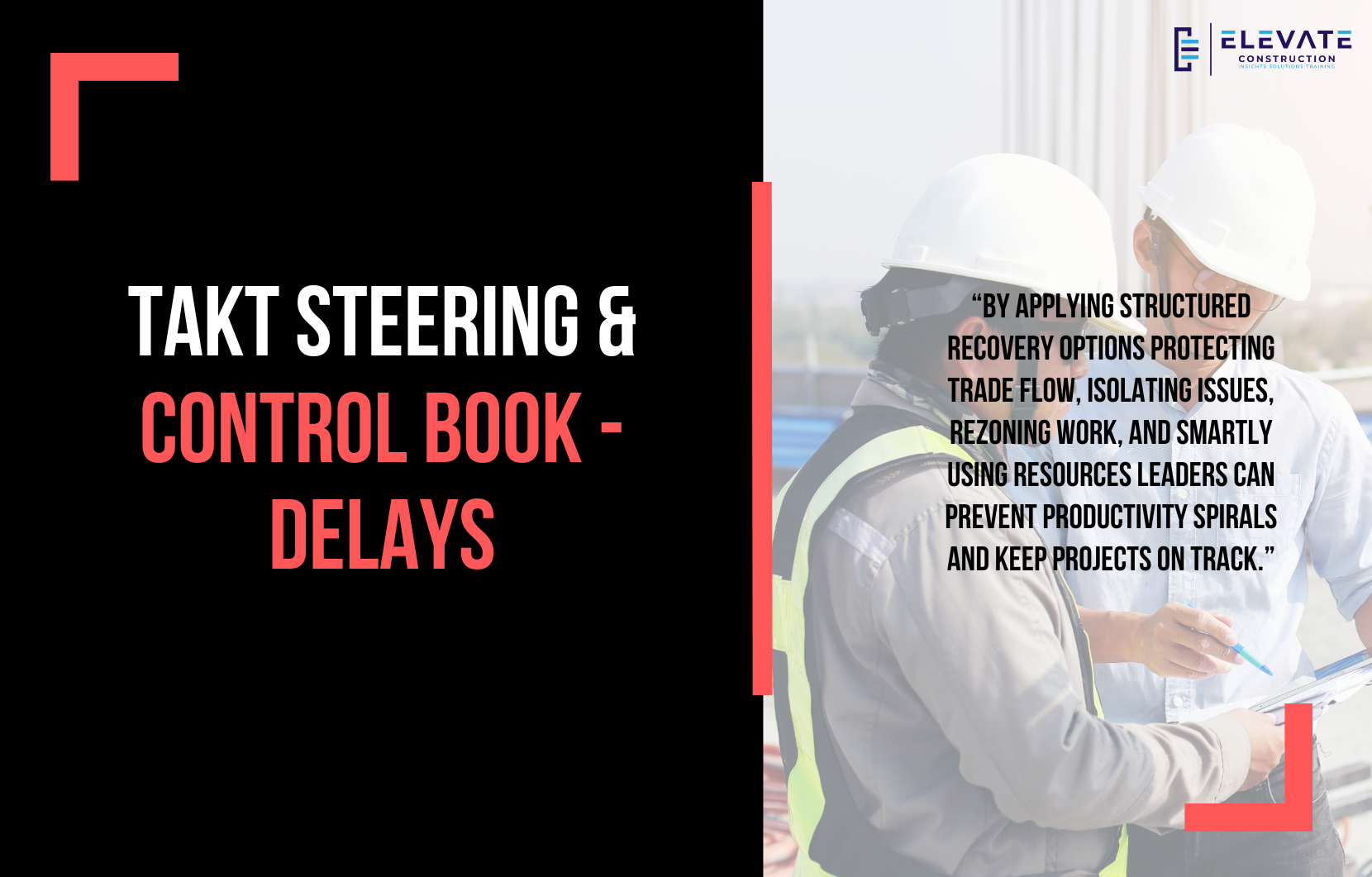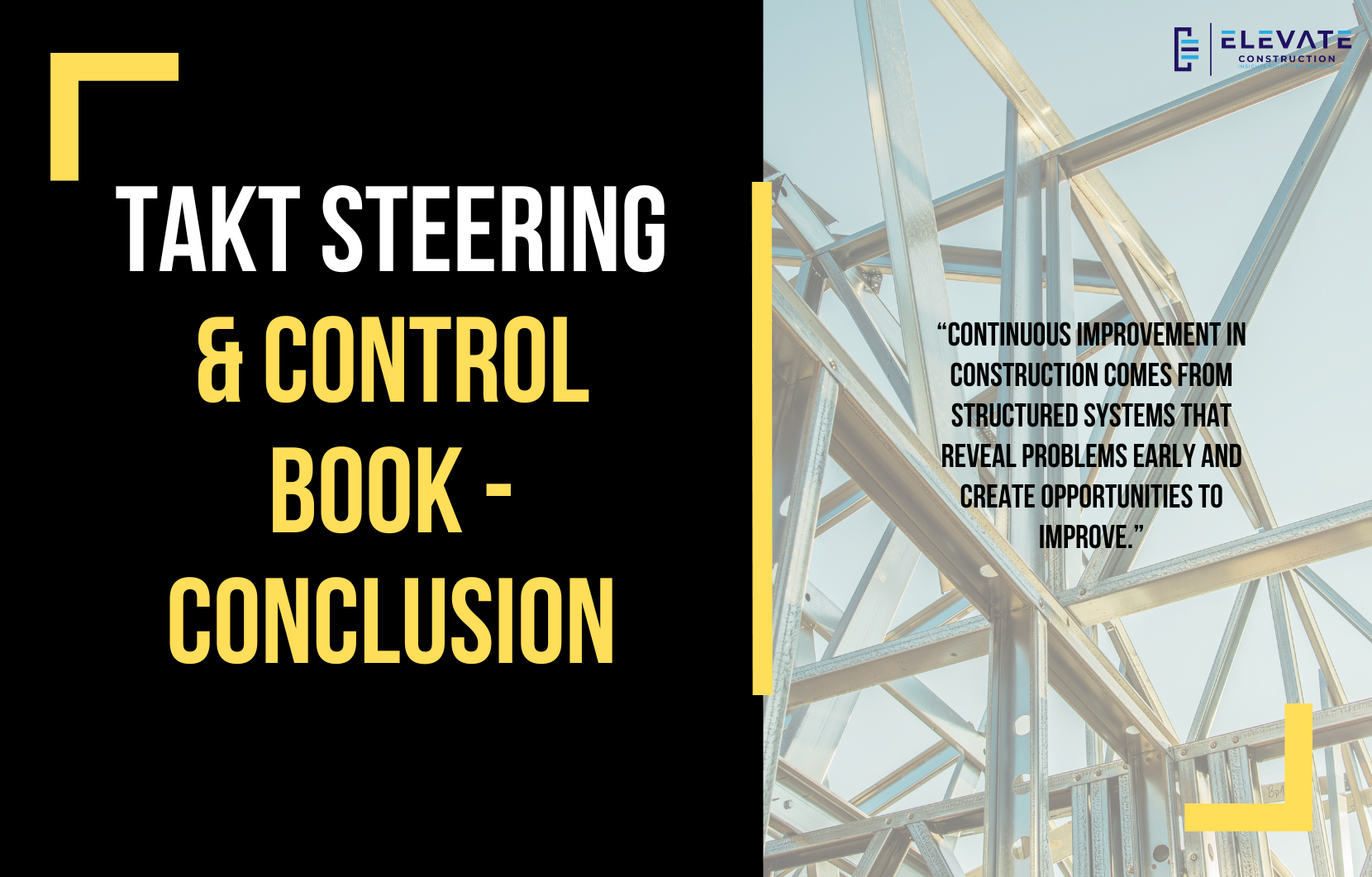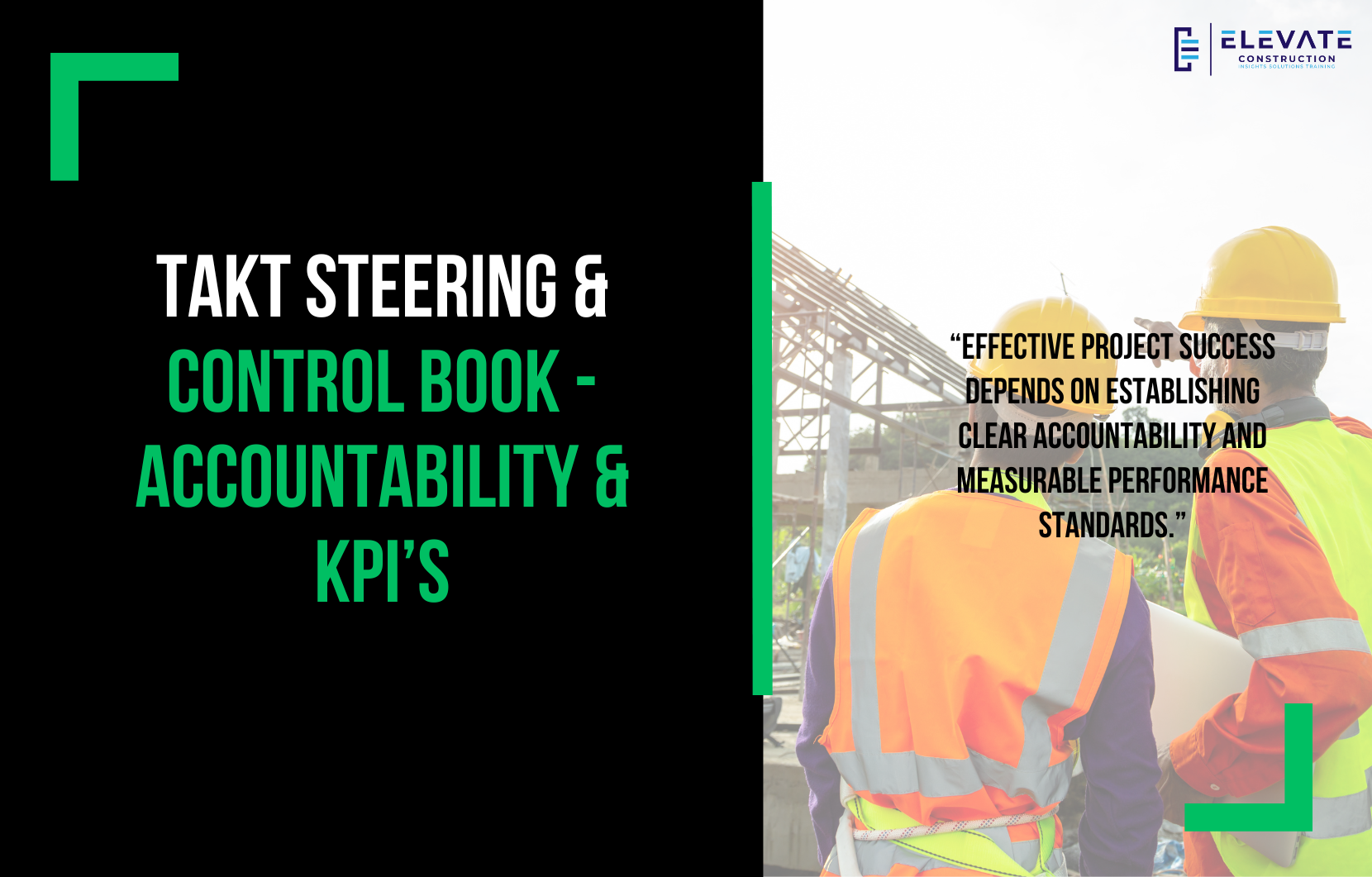The Crew Preparation Huddle: Planning for Success on the Jobsite
The crew preparation huddle is a critical step in ensuring that construction work is planned, organized, and executed efficiently. This meeting occurs after the worker huddle and involves only the crew foreman and workers allowing them to plan their work, prepare, and fill out pre-test plans as a group. The goal is to leverage the experience and input of workers while maintaining control of the work within the zone.
Agenda and Steps for a Crew Preparation Huddle
- Shout Outs
Start the huddle with positive recognition. Crew leaders acknowledge accomplishments or contributions from the previous day, setting a constructive and motivating tone. - Safety Training Topic
Tailor a safety discussion to the day’s work, ensuring the crew understands risks specific to their tasks. This is similar to a toolbox talk and complements the general safety topics covered in the morning worker huddle. - Plan the Work
Using the crew board, visually communicate the work plan for the day. The crew board includes:- Look ahead plan
- Weekly work plan
- Crew preparation section
- Zone maps
- Logistics map
- Preparation section
Steps on the crew board:
- Review the look-ahead plan and explain upcoming activities for the next six weeks.
- Review the weekly work plan and highlight handoff commitments.
- Organize crew members by activity and confirm each person has the necessary resources.
- Mark any roadblocks, deliveries, or staging requirements on the zone maps.
- Make work ready by listing punch items or actions that support successful handoffs.
Visual boards empower workers to contribute, understand the plan, and align on objectives, enabling consistent improvement from zone to zone.
- Share a Two Second Lean Improvement
Implement small, daily improvements inspired by Paul Laker’s “Two Second Lean” methodology. Crews check for waste, improve their areas, and use visual cues to track enhancements. At Elevate, we use nine wastes and six S principles, emphasizing daily habits to maintain a clean, organized, and efficient work environment. - Walk the Area of Work
Foremen walk the area with the crew to assess current conditions, identify hazards, and focus on six S improvements. This step ensures that work can be executed safely and efficiently. - Fill Out Pre Test Plans
With the work area assessed, foremen fill out pre-test plans while reviewing and orienting the crew. Workers sign off on the plan, confirming understanding and alignment. - Success Your Work Area
During pre-test plan completion, the crew organizes their work areas using six S practices, addressing waste and inefficiencies. - Prepare for Work
Crews set up the work area, adjust the environment for safety and efficiency, and ensure all pre-test plans, checklists, and quality visuals are ready. Standard work steps can be tracked and improved over time using Excel or apps like Intact.
Once crews are operational and prepared, zone control walks are conducted to ensure work flows correctly within zones.
Key Takeaway
The crew preparation huddle empowers foremen and workers to plan, organize, and prepare their work collaboratively. By leveraging visual boards, pre-test plans, safety training, and daily lean improvements, crews can execute work efficiently, safely, and with minimal waste, setting the stage for smooth workflow and successful project outcomes.
If you want to learn more we have:
-Takt Virtual Training: (Click here)
-Check out our Youtube channel for more info: (Click here)
-Listen to the Elevate Construction podcast: (Click here)
-Check out our training programs and certifications: (Click here)
-The Takt Book: (Click here)
Discover Jason’s Expertise:
Meet Jason Schroeder, the driving force behind Elevate Construction IST. As the company’s owner and principal consultant, he’s dedicated to taking construction to new heights. With a wealth of industry experience, he’s crafted the Field Engineer Boot Camp and Superintendent Boot Camp – intensive training programs engineered to cultivate top-tier leaders capable of steering their teams towards success. Jason’s vision? To expand his training initiatives across the nation, empowering construction firms to soar to unprecedented levels of excellence.
On we go

